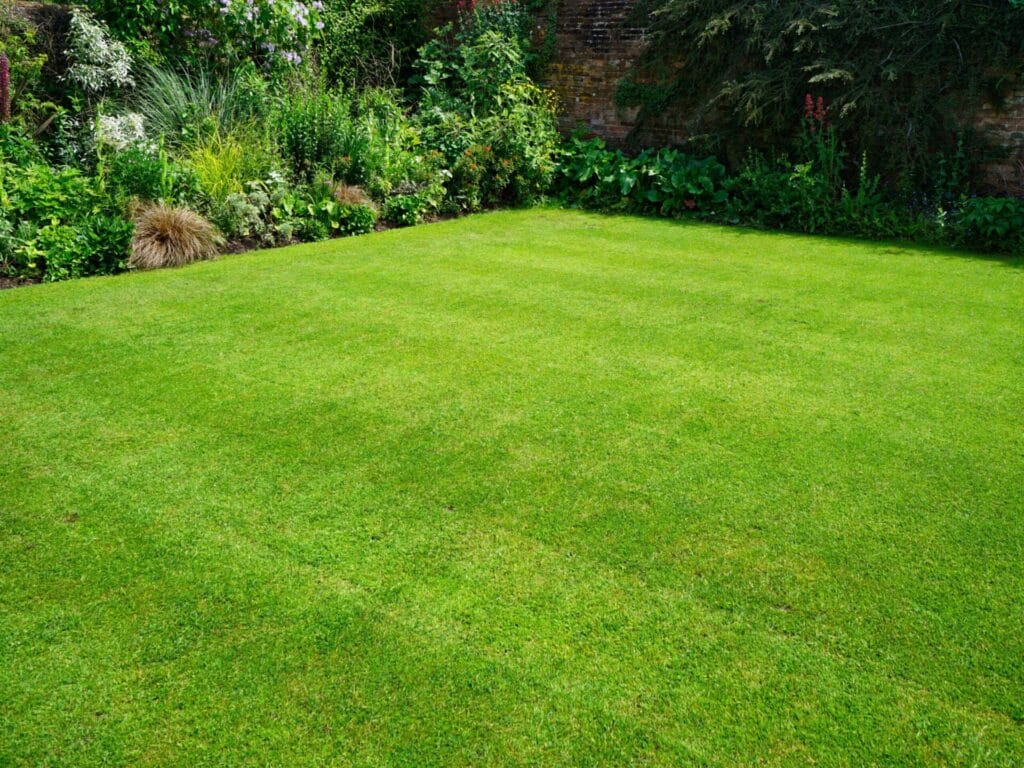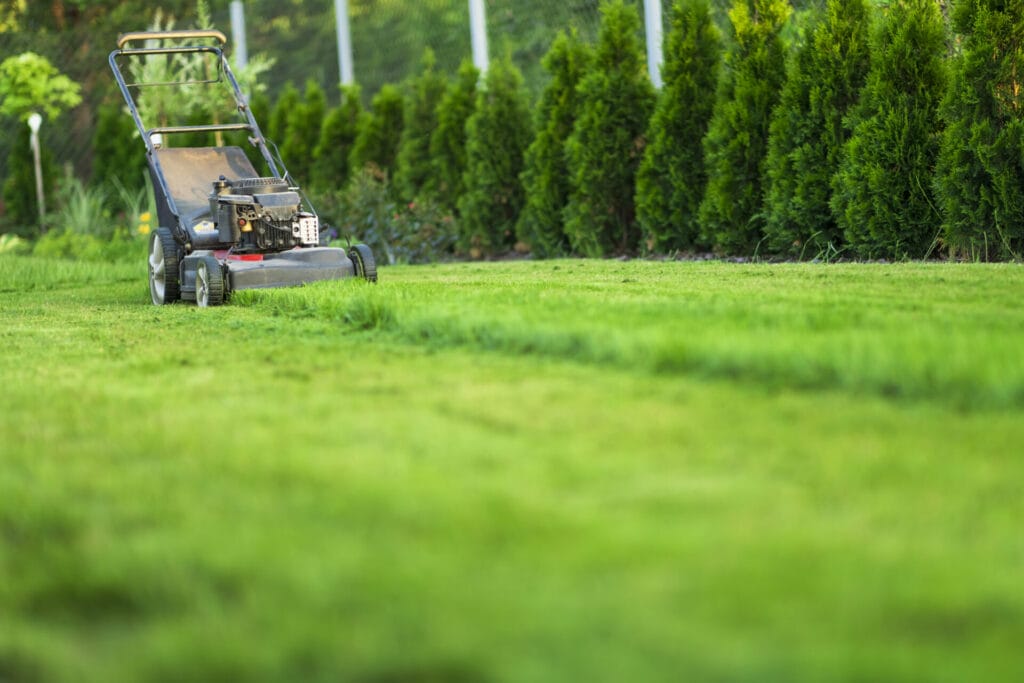Maintaining a lush, green, weed-free lawn without herbicides might sound like a challenge, but it’s completely possible using natural methods. Chemical weed killers may offer quick results, but they can harm the environment, pollinators, and even your pets and kids. Fortunately, with a little effort and the right organic lawn care strategy, you can keep your grass healthy and weed-resistant—naturally.
In this post, we’ll explore proven natural lawn care tips that help you prevent and control weeds effectively, without a single drop of herbicide.


Healthy lawns begin with healthy soil. Soil that’s rich in nutrients and well-aerated supports strong grass roots, which naturally crowd out weeds. Start by testing your soil’s pH and nutrient levels. Most grass types thrive in soil with a pH between 6.0 and 7.0.
Tip: Add organic compost or natural fertilizers like seaweed or worm castings to improve soil structure and fertility. Avoid synthetic fertilizers, which can degrade soil health over time.
A simple but powerful trick to achieve a weed-free lawn naturally is proper mowing. Set your mower blade higher—about 3 to 4 inches depending on your grass type. Taller grass shades the soil, making it harder for weed seeds to germinate.
Why it works: Mowing high strengthens grass roots and allows your lawn to better compete with weeds. Frequent mowing (but not scalping!) ensures weeds don’t have a chance to flower and spread.
Many homeowners make the mistake of watering frequently and lightly. This actually encourages shallow root systems and weed growth. Instead, water your lawn deeply—about 1 inch once or twice a week.
Deep watering encourages deep roots, which in turn makes grass more drought-resistant and dominant over weeds. Use a rain gauge or empty can to track how much water your lawn receives.
Weeds love bare patches, so don’t leave them empty for long. Overseed these areas with high-quality grass seed that matches your lawn type. This is especially effective in the early fall or spring when the weather is cool and grass seed can establish quickly.
Pro Tip: Use a seed mix with perennial ryegrass or fescue for quick germination and strong weed competition.
In garden beds or lawn edges where weeds commonly appear, organic mulch like bark chips, straw, or shredded leaves can be your best ally. Mulch helps retain soil moisture and blocks sunlight from reaching weed seeds.
In addition to mulch, natural lawn edging using bricks or stones can reduce creeping weeds like crabgrass from infiltrating your turf areas.
Compacted soil is a major cause of weak lawns and weed problems. Aerating your lawn once a year (preferably in the fall) allows oxygen, water, and nutrients to reach grassroots. This gives your lawn a competitive edge over weeds.
Use a core aerator, which pulls out plugs of soil, rather than just poking holes. Follow aeration with overseeding and compost for best results.
While time-consuming, hand-pulling weeds is effective—especially when done consistently. The key is to pull the entire root, not just the visible part. Do this after rain or watering when the soil is soft, and use a weeding tool for better results.
Target perennial weeds like dandelions and thistle before they flower and spread seeds.
There are several non-toxic weed control options that can be used sparingly, such as:
Boiling water for cracks in driveways or walkways.
Vinegar sprays (use with caution, as they can damage grass).
Corn gluten meal, which acts as a pre-emergent weed suppressant.
These natural alternatives are best for spot treatments rather than large-scale use.
Monoculture lawns (only one type of grass) are more vulnerable to weeds. Consider mixing in clover, which is naturally weed-resistant, drought-tolerant, and beneficial for soil health. Clover even fixes nitrogen in the soil, reducing your need for fertilizer.
A more biodiverse lawn is not only better for weed control but also more sustainable and eco-friendly.
A natural, herbicide-free lawn won’t become perfect overnight. But consistency is key. Follow these steps season after season, and you’ll notice fewer weeds and more resilient turf.
Maintaining a weed-free lawn without herbicides is ultimately about building strong grass and healthy soil that leave no room for weeds to thrive.
Final Thoughts
It’s entirely possible to enjoy a lush, green, weed-free lawn naturally—without using any harmful chemicals. By focusing on soil health, proper mowing, smart watering, and natural weed control techniques, your lawn can thrive organically.
Not only are these strategies better for the environment, but they’re also safer for your family, pets, and the pollinators who share your outdoor space.


